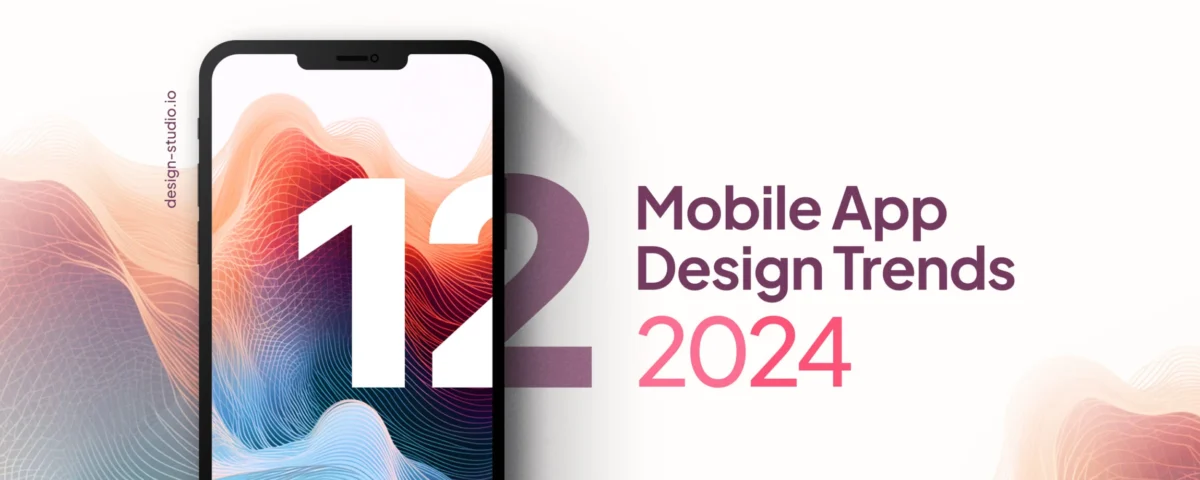Exploring the Latest App Design Trends: Elevating User Experience

Unlocking Your Fitness Potential: The Power of Fitness Apps
May 26, 2024
Unifying the Best of Both Worlds: Exploring the Power of Hybrid Apps
May 26, 2024Exploring the Latest App Design Trends: Elevating User Experience
Thank you for reading this post, don't forget to subscribe!In the ever-evolving landscape of app development, staying abreast of the latest design trends is essential for creating captivating and user-friendly interfaces. As technology advances and user expectations evolve, app designers continually innovate to deliver immersive and intuitive experiences that delight users and keep them engaged. In this blog post, we’ll take a closer look at some of the top app design trends shaping the industry today, and how they’re revolutionizing the way we interact with digital products.
1. Dark Mode
Dark mode has surged in popularity in recent years, offering users an alternative color scheme that reduces eye strain and enhances readability, particularly in low-light environments. Many apps now offer a dark mode option, allowing users to switch between light and dark themes based on their preferences and lighting conditions. Dark mode not only improves user experience but also adds a sleek and modern aesthetic to app interfaces.
2. Minimalism and Simplified UI
In an age of information overload, simplicity is key to creating a user-friendly experience. Minimalist design principles, characterized by clean layouts, ample white space, and streamlined navigation, help users focus on essential content and tasks without unnecessary distractions. By simplifying the user interface (UI) and removing clutter, designers can improve usability and make apps more intuitive and enjoyable to use.
3. Neumorphism
Neumorphism, or soft UI, is a design trend that combines elements of skeuomorphism and flat design to create realistic and tactile interfaces. Neumorphic design features subtle shadows, gradients, and highlights to mimic the appearance of physical objects, giving interfaces a soft and tactile feel. This trend adds depth and dimension to app interfaces, making them more visually engaging and interactive.
4. Motion Design and Micro-Interactions
Motion design and micro-interactions play a crucial role in enhancing user engagement and creating delightful user experiences. From animated transitions and scrolling effects to interactive buttons and feedback animations, motion design adds fluidity and dynamism to app interfaces, making them feel more responsive and alive. Micro-interactions provide subtle cues and visual feedback that guide users through tasks and reinforce their actions, improving usability and overall satisfaction.
5. Personalization and Customization
Personalization is becoming increasingly important in app design, as users seek tailored experiences that cater to their individual preferences and needs. Apps that offer customizable features, such as themes, layouts, and settings, empower users to personalize their experience according to their unique tastes and habits. By providing options for personalization, designers can create more inclusive and user-centric apps that resonate with a diverse audience.
6. Accessibility and Inclusive Design
Accessibility is a fundamental aspect of app design that ensures all users, regardless of ability or disability, can access and interact with digital products comfortably. Inclusive design principles, such as color contrast, scalable fonts, and intuitive navigation, help make apps more accessible to users with visual, auditory, motor, or cognitive impairments. By prioritizing accessibility in app design, developers can create inclusive experiences that cater to a wider range of users and foster a more equitable digital ecosystem.
Conclusion
In conclusion, app design trends continue to evolve, driven by advances in technology, changes in user behavior, and shifting cultural norms. By embracing the latest design trends and incorporating them thoughtfully into their projects, designers can create innovative and engaging app experiences that captivate users and keep them coming back for more. Whether it’s dark mode for eye comfort, minimalist UI for simplicity, or motion design for interactivity, each trend contributes to the overall goal of elevating user experience and making apps more enjoyable and accessible for everyone. As the digital landscape continues to evolve, app designers must remain agile and adaptable, ready to embrace new trends and technologies to create compelling experiences that stand the test of time.
For more information: www.ecbinternational.com


